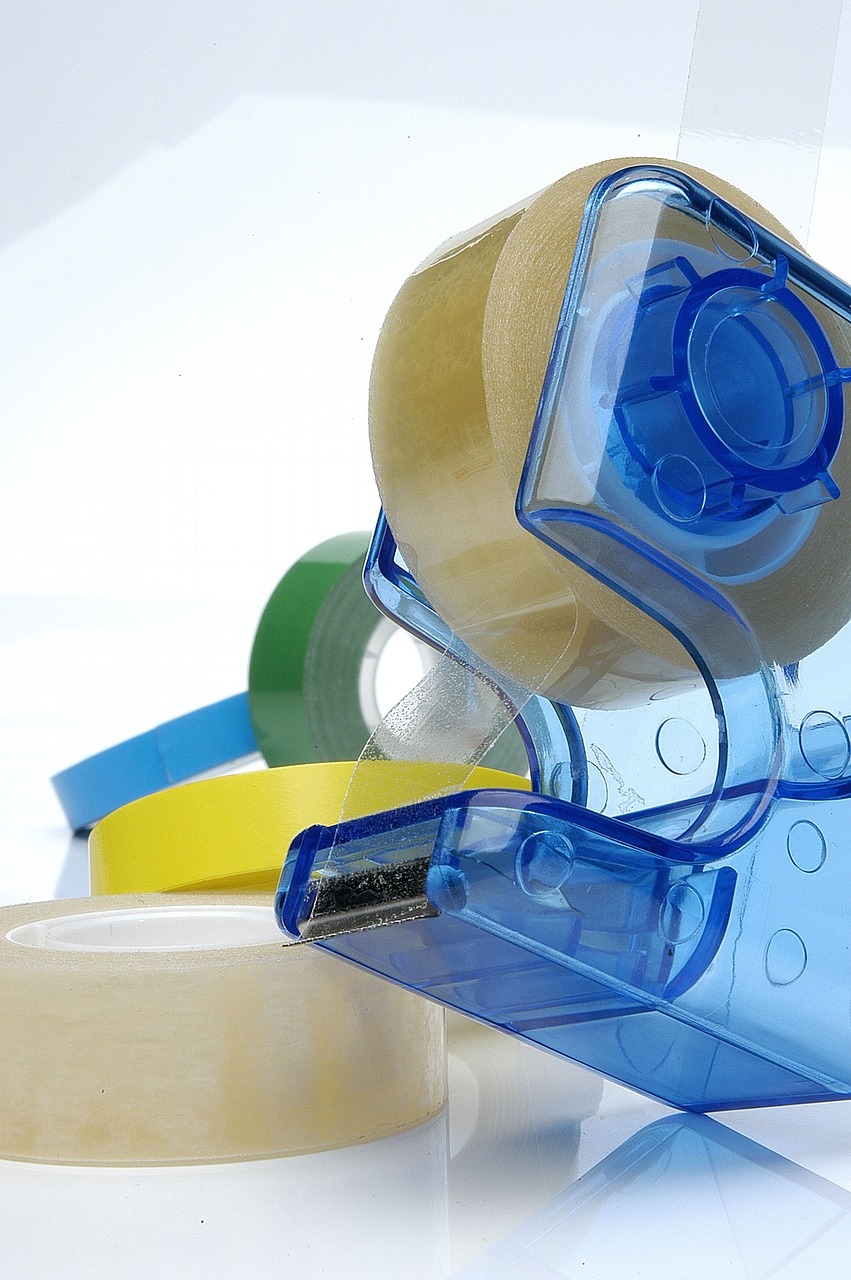Kapton tape is a high-temperature resistant, polyimide film tape that is widely used in various industries, including electronics, aerospace, automotive, and medical. In the electronics industry, Kapton tape is an essential tool for printed circuit board (PCB) manufacturing. However, Kapton tape is also useful in electroplating processes, providing several benefits that can improve the outcome of the process. In this article, we will discuss how Kapton tape can improve your electroplating process.

Protects Sensitive Areas
One of the primary benefits of Kapton tape in electroplating is that it protects sensitive areas of the substrate from the electroplating solution. Electroplating involves the deposition of a metal layer onto a substrate, where the metal ions are reduced at the surface of the substrate. Kapton tape is used to mask off areas that do not require plating, ensuring that the metal layer is deposited only where it is needed.
Kapton tape’s high-temperature resistance ensures that it does not melt or leave any residue on the substrate during the electroplating process. This property ensures that the substrate remains clean and free of contaminants, ensuring a high-quality plating outcome.
Provides a Clean Surface
Kapton tape can be used to mask off areas of the substrate that require cleaning before electroplating. The tape ensures that the substrate remains clean and free of contaminants, providing a clean surface for the plating process. This property is essential for ensuring a high-quality plating outcome, as contaminants can affect the adhesion and quality of the plated layer.
Kapton tape’s high-temperature resistance ensures that it does not melt or leave any residue on the substrate during the cleaning process, ensuring that the substrate remains clean and free of contaminants.
Precise Plating Control
Kapton tape provides precise plating control, allowing the user to ensure that the plating layer is deposited only where it is needed. The tape’s high-temperature resistance and clean surface ensure that the plating outcome is consistent and of high quality.
By masking off areas that do not require plating, the user can control the plating process precisely, ensuring that the plating layer is deposited only where it is needed. This property is essential for ensuring that the plating outcome meets specific requirements, such as thickness, uniformity, and adhesion.
Reduces Waste
Kapton tape reduces waste in the electroplating process by ensuring that the plating solution is applied only where it is needed. By masking off areas that do not require plating, the user can reduce the amount of plating solution used, reducing waste and saving costs.
This property is essential, especially in large-scale electroplating processes, where the amount of plating solution used can be significant. By reducing waste, the user can ensure that the electroplating process is cost-effective, reducing the overall cost of the plating outcome.
Easy Application and Removal
Kapton tape is easy to apply and remove, making it a convenient material for electroplating processes. The tape can be easily cut to size and applied to the substrate without damaging the surface or leaving any residue. Kapton tape’s adhesive properties ensure that it sticks to the substrate securely, but it can be removed without leaving any residue.
During the electroplating process, multiple masking and protecting steps may be required to ensure precise plating control. Kapton tape’s easy application and removal make it a convenient material for these processes, ensuring that the electroplating process is efficient and cost-effective.
Heat Resistance
Kapton tape’s high-temperature resistance is also beneficial in electroplating processes that involve elevated temperatures. Some plating solutions require high temperatures to ensure the deposition of a high-quality plating layer. Kapton tape’s high-temperature resistance ensures that it does not melt or degrade during the plating process, ensuring that the substrate remains clean and free of contaminants.
Conclusion
Kapton tape is a versatile material that is useful in various industries, including electronics, aerospace, automotive, and medical. In electroplating processes, Kapton tape offers several benefits that can improve the outcome of the process, including protecting sensitive areas, providing a clean surface, precise plating control, reducing waste, easy application and removal, and heat resistance.
These benefits ensure that the electroplating process is efficient and cost-effective while ensuring a high-quality plating outcome. By using Kapton tape in electroplating processes, the user can ensure precise plating control, reduce waste, and save costs, ensuring that the process meets specific requirements.